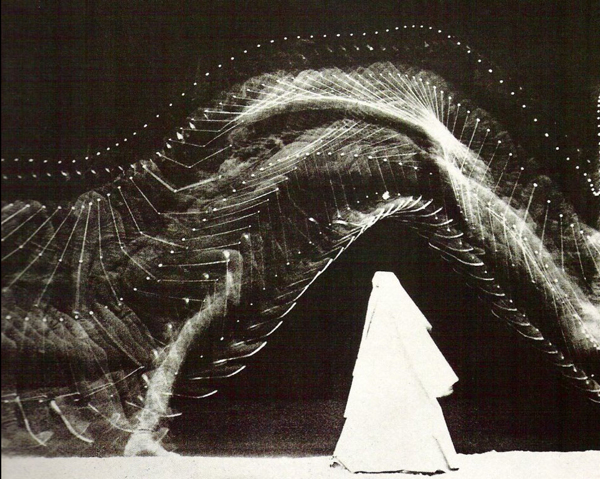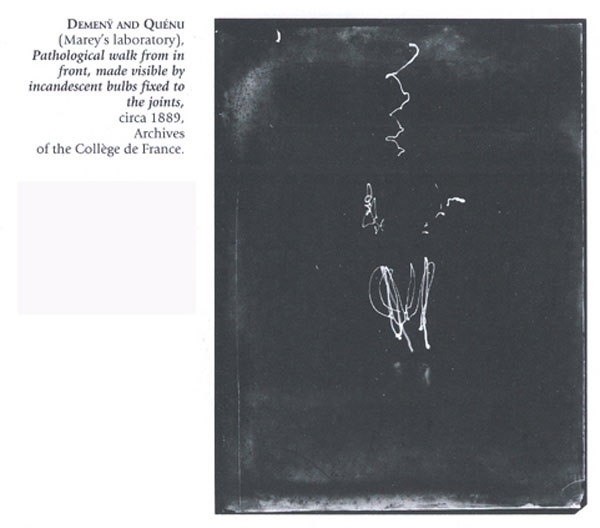WYISWYG – bullshit. It’s not working for me. This programm lightpaintlive is just not working for me. I tried it with my webcam, i tried it with a Canon 7d connected as a webcam, and still can’t get a solid light line with it. The idea is great, but…. You can see some of my attempts:
I think there is some problem with fps, it just can get the light normally. I tried different settings, but still nothing…
Those two are the only result 🙂








































